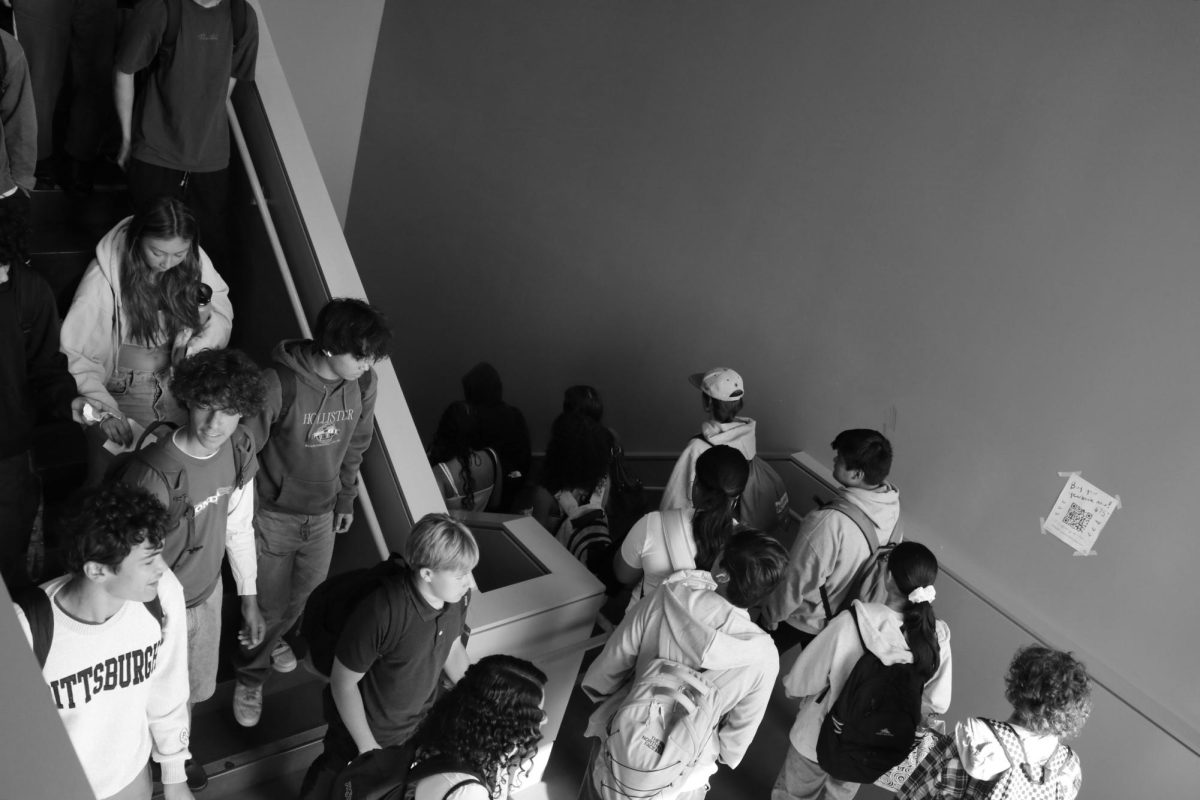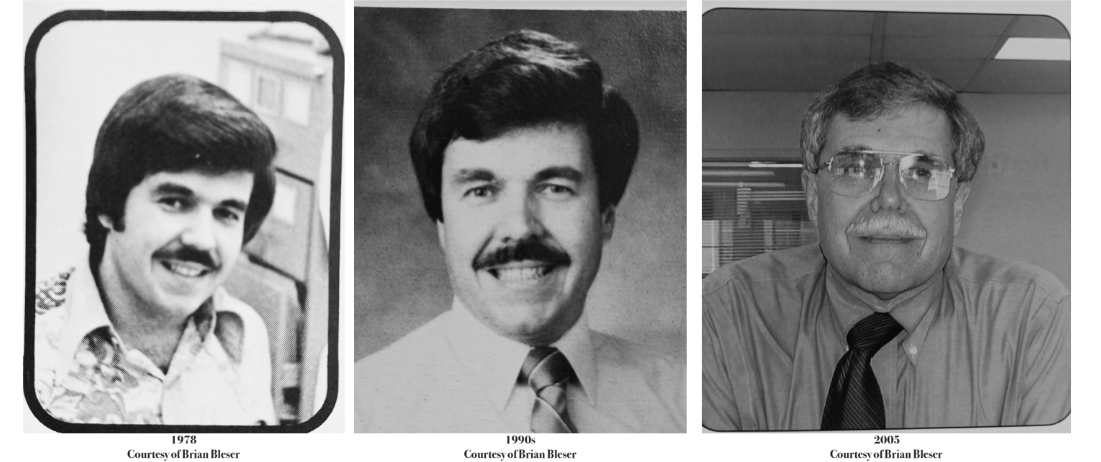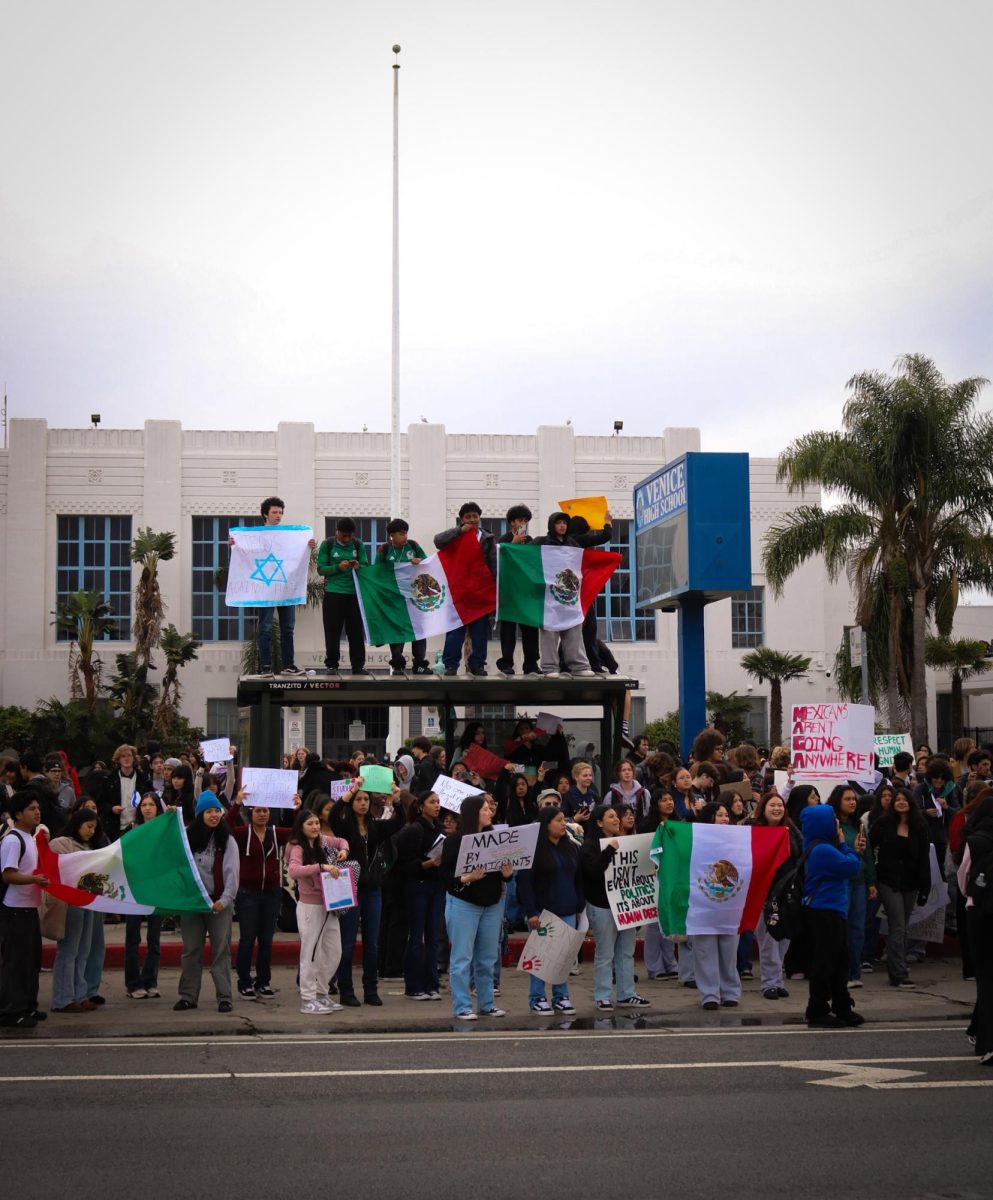As of September 17, Venice has 2,300 students exactly, according to Lead Counselor Jamie Simon-Meyer.
“For reference, when our seniors were in their first semester of high school, our overall enrollment at this same time was 1,981,” Simon-Meyer said.
Venice is currently the largest school in Local District West, with growing class sizes, overtaking Hamilton, which held the title prior.
Simon-Meyer said that as a counselor, it can be harder to place and switch students’ schedules to fit other things than core classes such as electives and sports.
“Oftentimes we have spaces in classes that give us flexibility when new students enroll, but we don’t have that ability,” she said. “You can’t switch people that easily.”
Physical Education classes are the biggest, with caps at 55 students. Many of those classes have 50 or more students.
Physical Education teacher Briana Vestal said that current class sizes are “between 47 and 55 students.” Vestal hopes for a solution to this issue.
“While my students are wonderful, having smaller class sizes would allow for more individual attention and support,” she said.
Vestal has noticed the obvious increase in class sizes since last year.
She acknowledges that while larger classes are challenging, “it’s also a positive sign that more students want to attend Venice High School because of our great programs.”
For in-classroom courses, the largest is currently at 39 students.
Upperclassmen who have been at Venice for multiple years have experienced the growth in class sizes and traffic throughout the whole campus.
Senior Izzy Mylan said that “class size doesn’t matter in my opinion as long as the teachers are good and the students pay attention.”
Despite that, she feels that the large number of students makes the school feel disconnected, while a smaller student population would allow for a more involved student body and community.
The conversation of class size and enrollment numbers have been a long-debated topic within LAUSD. In June, LAUSD allocated $95 million to reduce class sizes by one student, in an agreement with United Teachers Los Angeles (UTLA), the teachers union’s contract with the district.
Science teacher Julia Bare is Venice’s UTLA representative. She said the conversation around class sizes has been going since before she worked in the district.
“Every time they go into contract negotiation, we ask for lower class sizes,” she said.
Bare said that after the UTLA strike that lasted three days, class sizes were meant to be reduced by one every year until the contract is over.
According to Bare, magnets get smaller class sizes than the general population schools.
“I think that’s a big problem with the way the contract was negotiated last time,” she said. “Smaller class sizes are great, but they should be evenly distributed.”
Bare teaches AP Biology, which has a “higher cap.”
“I think that’s one thing that is often misunderstood about class sizes is that it’s not just the class time that it impacts,” she said. “It’s the amount of grading, it’s the amount of feedback, and it’s the amount of thought that you have to put into each student.”
Bare said that the increased enrollment has “a double-edged sword quality.”
“It means that Venice is doing really amazing, powerful things,” she said. “But it’s really a problem because we don’t have enough space.”







